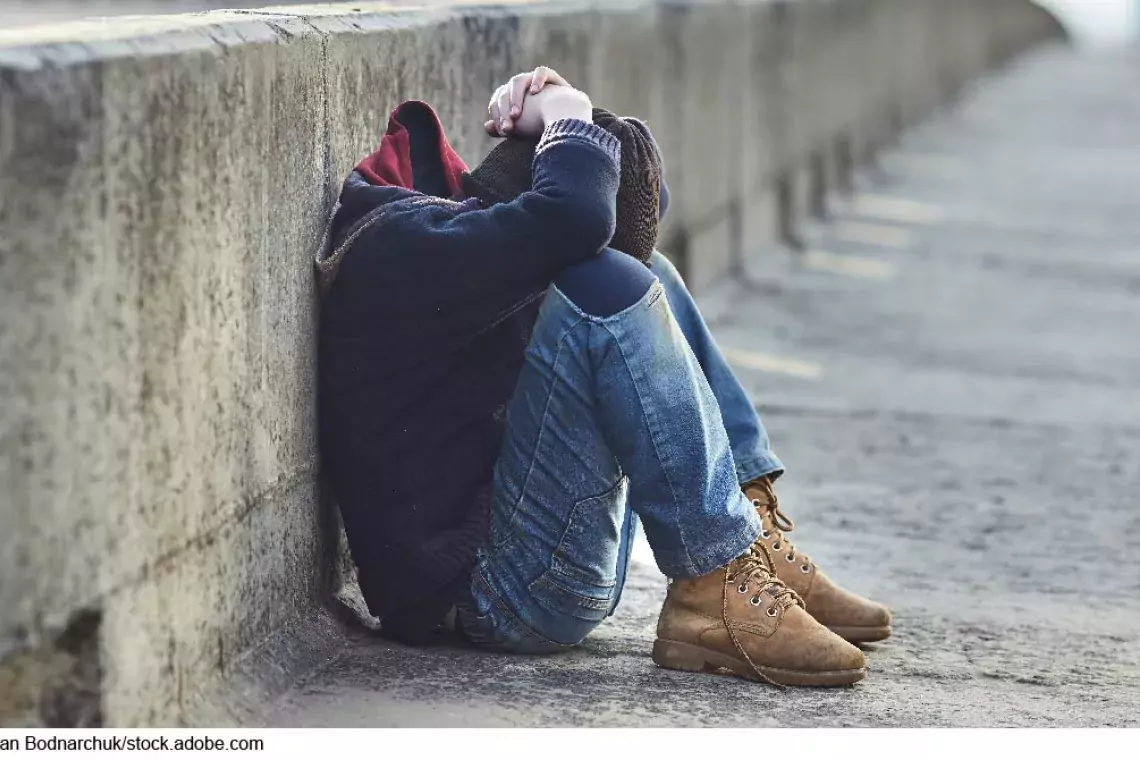Disciplining Public School Students
The issue of who gets disciplined and why is complex. In some cases teachers are the ones who choose when and how to discipline students—particularly for common behaviors like disobedience, defiance, and classroom disruption. Research sheds some light on a variety of possible factors—including stereotypes or unconscious bias—that can cause some teachers to judge a student’s behavior differently based on their race and sex.
We found that Black students, boys, and students with disabilities were disproportionately disciplined in K-12 public schools across the country in 2013-14—regardless of the type of disciplinary action, level of school poverty, or type of public school. Today’s WatchBlog explores our latest report on discipline disparities in schools.
To carry out this work, we looked at the 6 broad discipline categories for which the U.S. Department of Education collects data: (1) out-of-school suspensions, (2) in-school suspensions, (3) referrals to law enforcement, (4) expulsions, (5) corporal punishment, and (6) school-related arrests. We analyzed data from nearly every public school by student demographics (e.g., race, sex, disability) and school type (e.g., magnet or charter). We also developed a regression model to explore whether certain school characteristics, such as the poverty level of the school, were associated with higher rates of discipline.
The Numbers
We found that Black students, boys, and students with disabilities experienced disproportionate levels of discipline in 2013-14 across different types of disciplinary action. Black students were particularly overrepresented among students who were suspended from school, received corporal punishment, or had a school-related arrest. This discrepancy was particularly large between Black and White students: there were 17.4 million more White students than Black students attending K-12 public schools but 176,000 more Black students were suspended.
Boys accounted for just over half of all public school students, but made up about two-thirds of students disciplined across each of the six actions.
And students with disabilities made up about 12 percent of all public school students, but accounted for about 25 percent of students referred to law enforcement, arrested for a school-related incident, or suspended from school.
Considering Other Factors
Regardless of whether there were high or low levels of school poverty, we also found the same pattern of disproportionate discipline for Black students, boys, and students with disabilities even when taking into consideration the level of school poverty. For example, Black students in high-poverty schools were overrepresented by nearly 25 percent in school suspensions. A similar pattern emerged for boys and students with disabilities. However, unlike Black students, boys and students with disabilities were overrepresented among students suspended from low-poverty public schools.
No matter if the public school was a charter, traditional, alternative or special education school, Black students, boys, and students with disabilities were disciplined at higher rates.
Related Work
These findings are part of a series of work we have done examining issues related to race and poverty in public schools. For example, we’ve found that between school years 2000-01 and 2013-14, the percent of K-12 public schools with high proportions of poor and Black or Hispanic students had increased from 9 percent to 16 percent. And, we found that the 8.4 million largely poor, Black or Hispanic students attending these schools in school year 2011-12 had disproportionately less access to math, science, and college preparatory courses. Based on our findings, we made recommendations to the Department of Education and the Department of Justice’s Civil Rights Division to help them identify patterns and address the disparities in schools.
In another report focused on schools in Washington, D.C., we found that, although suspensions and expulsions from D.C. charter schools dropped from school years 2011-12 through 2013-14, their rates remained about double the rates of charter schools nationally and slightly higher than D.C. traditional public schools and were also disproportionately high for some student groups and schools. We recommended that D.C. education agencies collaborate on a plan to further reduce discipline rates.
- Comments on the WatchBlog? Contact blog@gao.gov.










